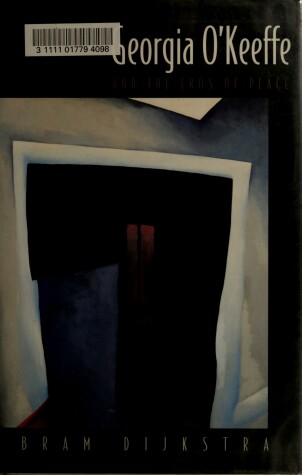Georgia O'Keeffe has been recognized as one of America's most adventurous early modernist artists. But critics often suggest that she became a revolutionary despite her American background, not because of it. This work challenges this point of view. Dijkstra shows that O'Keeffe's work was decisively shaped by the America in which she grew up, illuminating the facts of O'Keeffe's life and offering different readings of some of her most important paintings. Art historians have largely accepted the view that O'Keeffe's art was shaped by Alfred Stieglitz and the work of European modernists she encountered under his tutelage. Dijkstra counters this idea describing the cultural environment of O'Keeffe's childhood and revealing the details of her early education in art. He shows that O'Keeffe's mature style found its origin in such sources as Edgar Allan Poe's speculations about the androgynous nature of the soul before industrialism, and in what Dijkstra calls the "transcendental materialism" of the tonalist movement in turn-of-the-century American art. The book also explores O'Keeffe's identification with the feminist aims and artistic concerns of the radical periodical "The Masses".
It shows that the illustrations featured there and in other magazines of the period, significantly influenced her development of a personal style. The book argues that O'Keeffe's very American search for an organic abstraction of form that would celebrate nature, allowed her to develop a humanist style that challenged the early European modernists' emphasis on mechanistic constructions of form against nature.
- ISBN10 0691015627
- ISBN13 9780691015620
- Publish Date 18 October 1998
- Publish Status Out of Print
- Out of Print 19 January 2011
- Publish Country US
- Imprint Princeton University Press
- Format Hardcover
- Pages 272
- Language English
- URL https://press.princeton.edu/titles/6385.html
